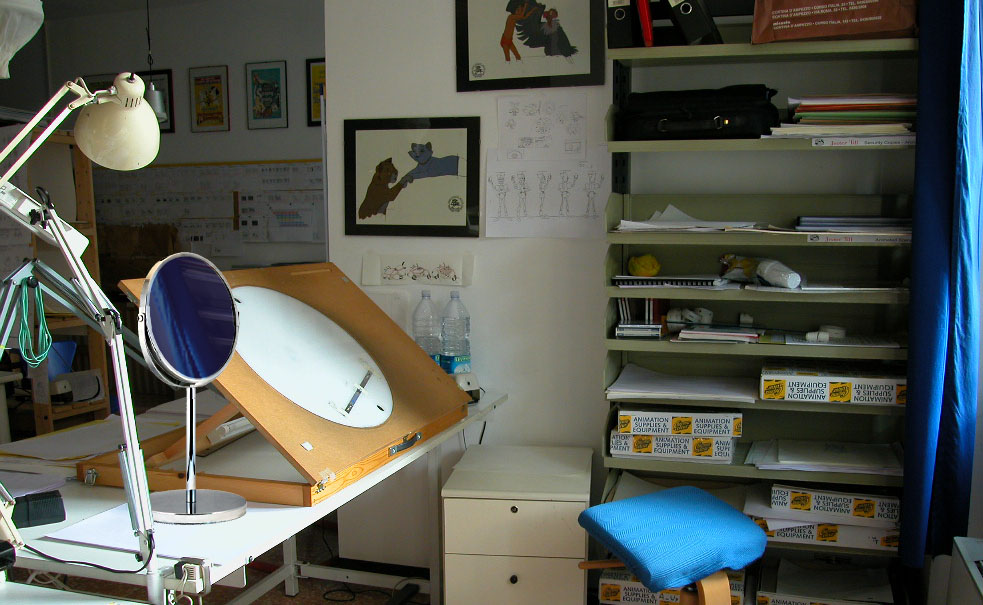
IV – “Mirror, Mirror on the Wall…
Who’s the Best (Animator) of Them All?“
What’s a looking-glass doing on my former old-time animation desk?
We, as artists, are all a bit narcissistic, it’s true, but this is not the reason why that particular object is there: in reality it was for many years, before any camera or smartphone appeared, one of the main tools available to the professional animators, as we will see in a little while.
In the previous paragraphs we followed a rather linear path, which led us to understand how, for our perceptive system, movement changes into action, action becomes perception, perception becomes illusion. And, finally, illusion is organized into representation.
Right in the last step, the one between illusion and representation, we therefore witness a dramatic “leap in quality”, where we move from the sensorial sphere to the emotional one.
And this passage is mediated by what we have defined as the second pillar of the art of animation, namely: acting.
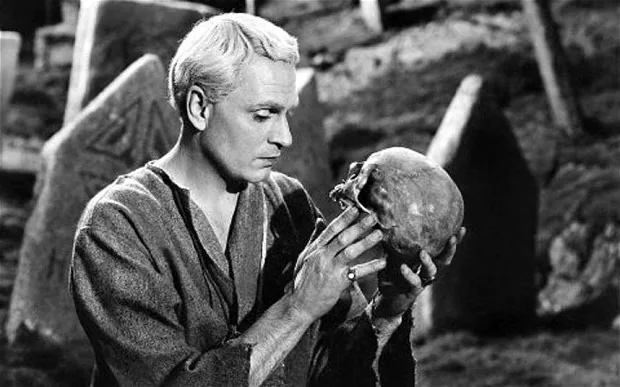
However, things are not as simple and immediate as they may appear, because acting requires the presence of an actor to be expressed, and what we see on the screen is not a “real” actor, but a drawing, or an image however produced by an artist. So, WHO is the actor in this performance? I mean, the character, the puppet, or the person who moves it?
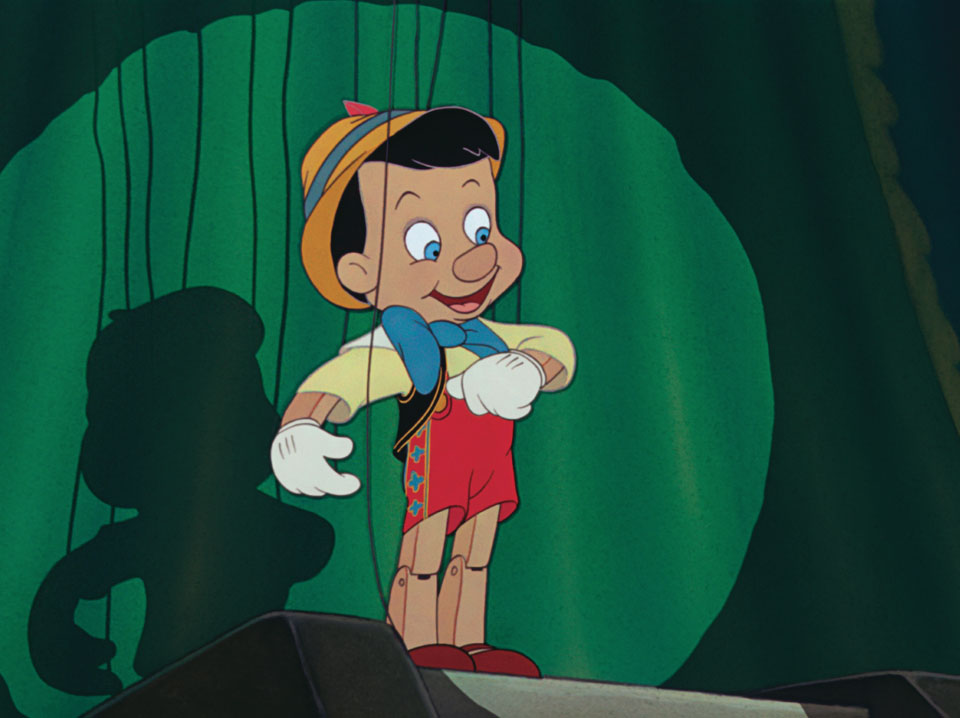
For the audience watching the performance there are no doubts: due to an ancient covenant pre-established by the laws of entertainment, the actor is the character, while instead the strings and the puppeteer who moves him (it) from behind the scenes, are invisible; indeed, for the representation to be fully credible and enjoyable by the public, they MUST be invisible. We can say that all the art of animation is aimed at realizing this invisibility as best as possible, so much so as to make it, ideally, an absence.
This too is a “perfect illusion”, and it is precisely in the search for this perfection that art reveals itself. Just as in the art of dance we see the lightness and the grace, and never anything of all the technique, work, effort, sacrifices and commitment that were necessary to put it on stage.
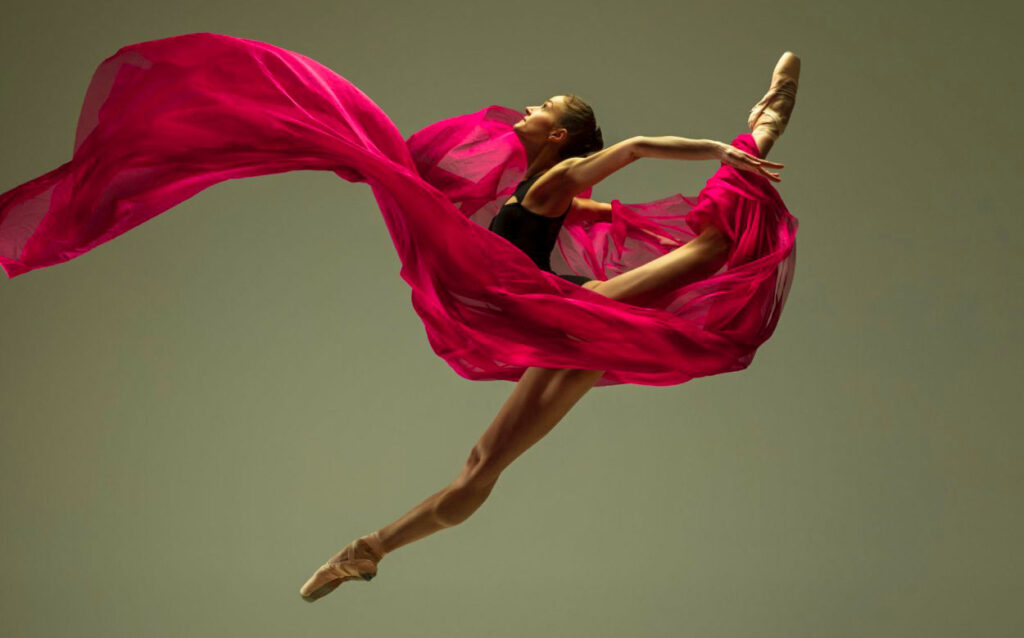
Here, however, we need to be careful: in animation the concept of “actor” is apparently very different from what is understood as such for the rest of the entertainment field: the animated character (drawn or generated) who acts on stage is not “real”, nor even a photo-cinematic reproduction of a possible staged reality: it is a drawing, or an image created from nothing on a screen, and for this reason it cannot properly be defined as an “actor”.
But if we try to read a standard definition of the term “actor” in a dictionary, we can find for example: (Cambridge Dictionary) “someone who pretends to be someone else while performing in a film, play, or television, or radio “.
Which means that the actor is not the character (the image) we see on stage (screen), but the person who drew/moved it, that is, the animator himself, who “pretends” to be that character. He is “the person who”, literally, “portrays the character”: and this has many important implications.
The first, and most obvious, is the well-known fact that the animator is not just a draftsman, nor does he necessarily have to be (many animators never touch a pencil to create their animations, as we know), but is also, to sometimes above all, an actor.
And this implies the second of these facts, namely that the quality of his animation will be all the higher the more refined his talent and technique as an actor is. Because, just as the quality of drawing in a traditional animator is never completely innate, but develops and refines with practice and application, so too is his acting ability.
This is a point, I must say, a little overlooked in many animation courses, also due to the purely the purely technical and organizational difficulty of combining the primary course with an effective parallel acting course.
Many animators, even after having reached a professional position, often enroll on their own initiative in fine arts and life drawing courses to refine their technique, and this naturally has a great value in the artist’s training, but not many feel the need to do the same thing with an acting course, also because it is not at all easy to find a qualified course, and even more difficult, if not impossible, to find one that deals more specifically with the techniques that would be most useful to a character animator. As far as I know only a tiny fraction of the best animation schools try to manage such courses internally.
Yet it is a skill of fundamental importance in the training of a high-level professional animator, and, with rare exceptions in which the animator is a “natural born actor” (yes, there are some around!), it is not always sufficient to rely on one’s own innate abilities, or just refer to actors seen in films or at the theater. If an animator is a mediocre actor, or even worse, if he believes he is a good actor without being one, he is unlikely to achieve levels of true excellence in his work, especially if he is engaged in high-quality productions such as feature films and flagship series.
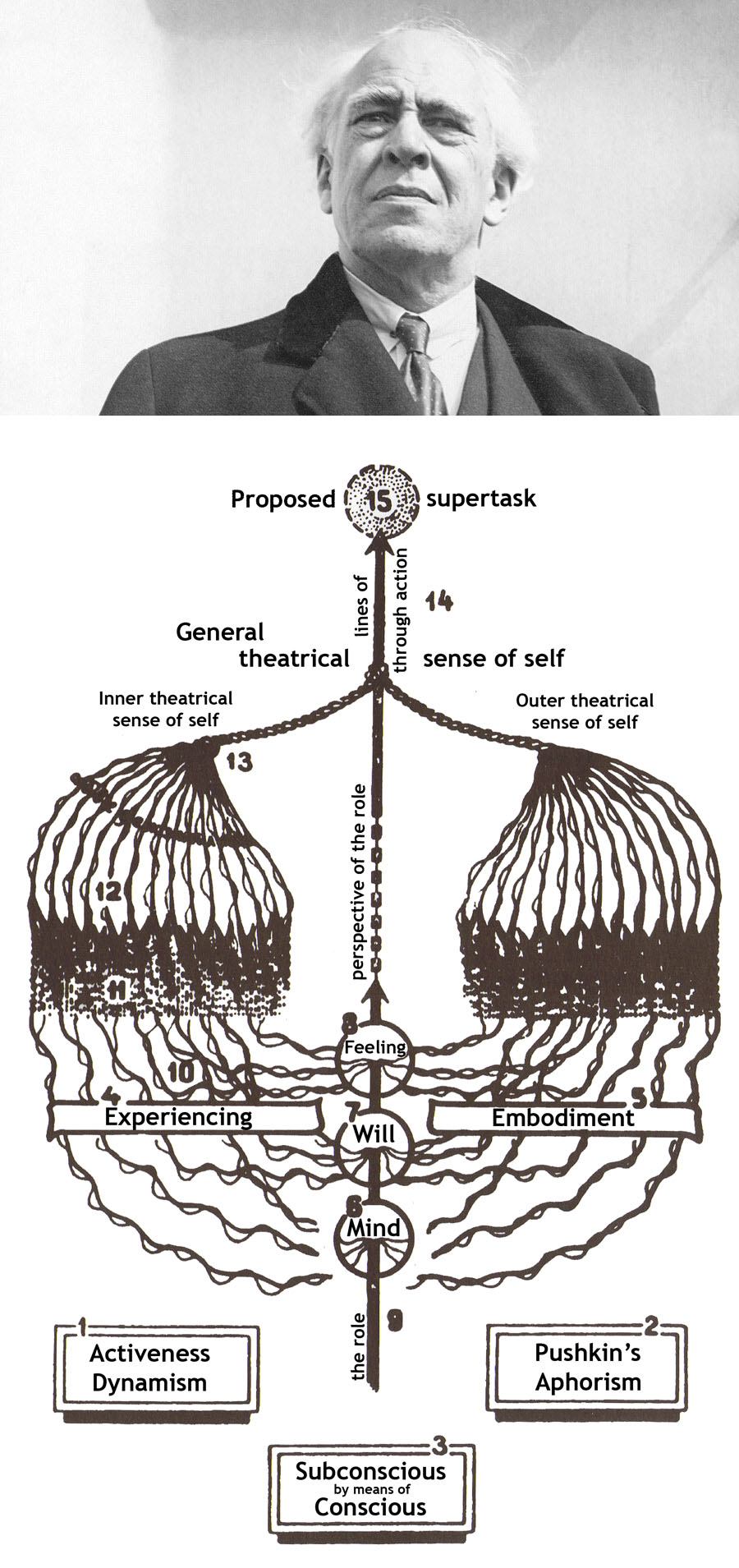
The acting technique that an animator expresses is much more similar to that of a film or TV actor than to that of a stage actor: there is no direct relationship with the audience or even with the other actors, there is no continuity of action for the entire duration of the play, or the act. As on a film or television set, the action is fragmented into shots, almost never arranged in an orderly sequence, and all the work is intermediated by a complex industrial production mechanism. Therefore a specific study approach would be required, not a generic one, like most of the courses available.
However, in the absence of anything better, even to attend a “standard” course in theatrical interpretation, or mime, and/or to read some specific text (such as the three fundamentals essays by Konstantin Stanislavski “An Actor’s Work”, “Building a Character”, “Creating a Role”) can be extremely useful. We will talk about it again in a future dedicated chapter.
For now it is enough for me to underline how what I have defined as the second “pillar” of the art of animation was very clear to animators from the early days, but in particular with the flowering of Disney’s “Illusion of Life”. Everyone, especially the most brilliant of them, relied on their own interpretative ability to obtain the results of absolute and timeless excellence that they were able to achieve.
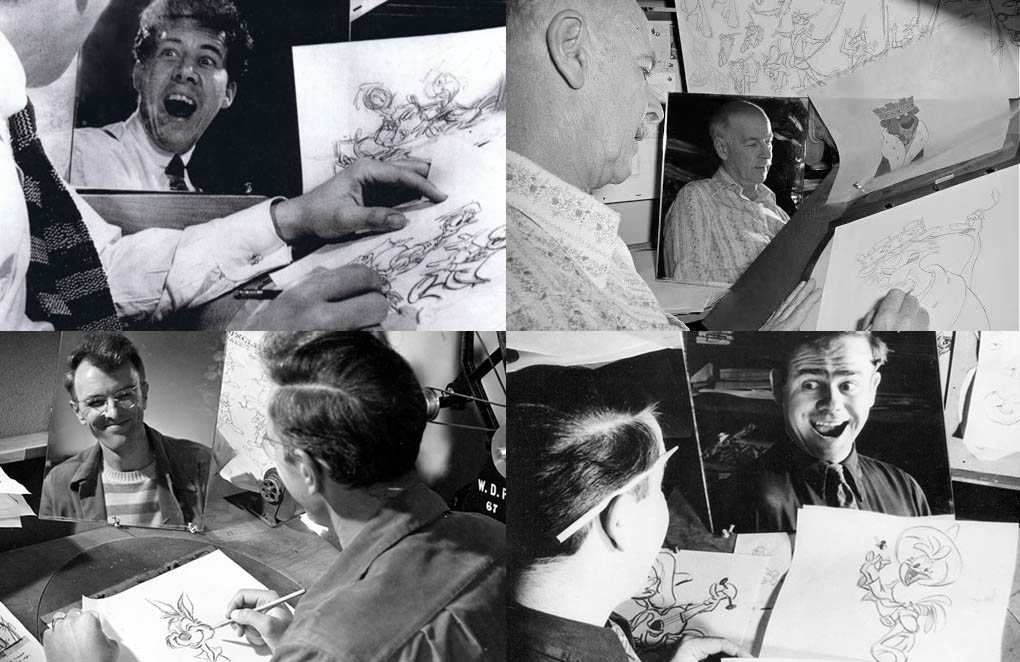
V – Rotoscoping or the “Dead Animation”
However all this should not be confused with the practice, which is now widely consolidated (thanks to the spread of shooting systems within everyone’s reach, such as common smartphones, capable of returning excellent quality and high resolution videos in all conditions of light) to rely on shots of oneself as a reference for the characters’ actions.
In reality, in my opinion, it is a risky practice, if it is used slavishly, just to get out of trouble in a short time in more complex scenes, uncritically following the outline of the reference film.
Today this technical “help” is widely used in 3D animation, which lends itself easily to this “re-tracing” work given that the consistency of the characters with the models is guaranteed by the tool itself, but in reality it is not something new, on the contrary.
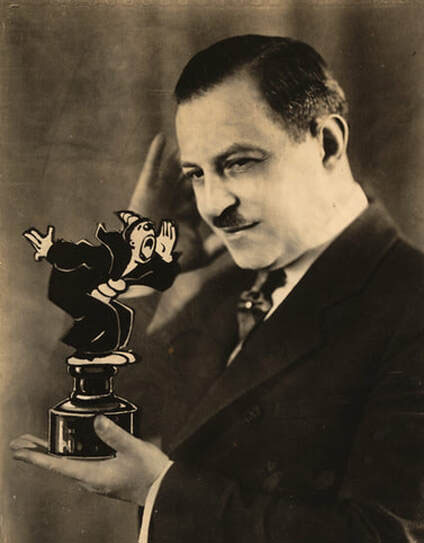
In the past to shoot reference footage it was much more complex (and also time-consuming and expensive, which made it accessible only to the largest studios, and certainly not to individual animators): stages equipped with 35mm cameras were used, long later eventually even with Beta, Umatic or VHS cameras, which however returned images of poor resolution and difficult to “stop” frame by frame and re-trace over a TV screen.
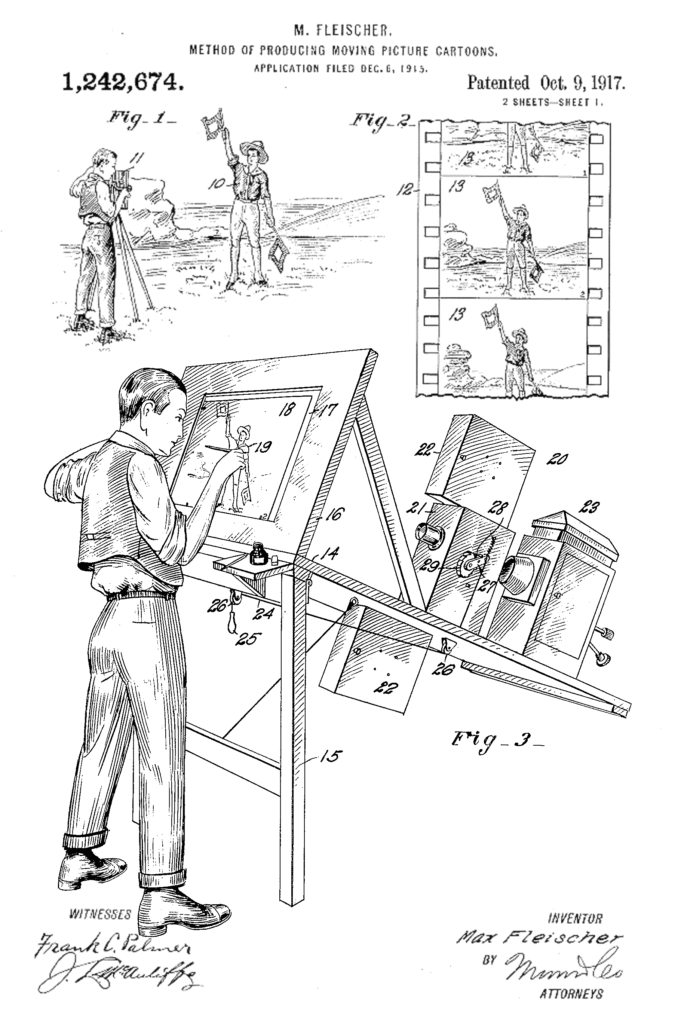
In reality this technique, which was called “rotoscoping”, became part of animated production very soon, so much so that its invention is today credited to the Fleischer Studio, which introduced it already in the late 1910s and in the early 1920s.
This technique, which consisted in the direct projection of the filmed image onto a work surface, on which the “draftsman” (who was no longer an “animator” at this point, since the movement of the character was entirely entrusted to the filmed shot of the actor/model) literally manually re-traces the photographic image frame by frame, giving it later the features of the character.
Disney Studios soon took possession of this invention: already from the end of the 1930s (in particular starting with Snow White – 1937) the animators of Hyperion Avenue relied extensively on films shot in the studio, especially for the rendering of realistic human characters, a task with which many of the animators of the time had little or none confidence. As often happened at Disney at that time, the Studio modified that technique in its own way, further perfecting it, and inventing its own method, internally called “Photostats”, which consisted of register printing the frames of the reference film on photographic paper of the same format of the actual animation field.
The Disney animators, however, did not limit themselves to tracing the photographic image, but completely re-interpreted the poses, the expressions, the action times, taking inspiration from the model rather than reproducing it as is.
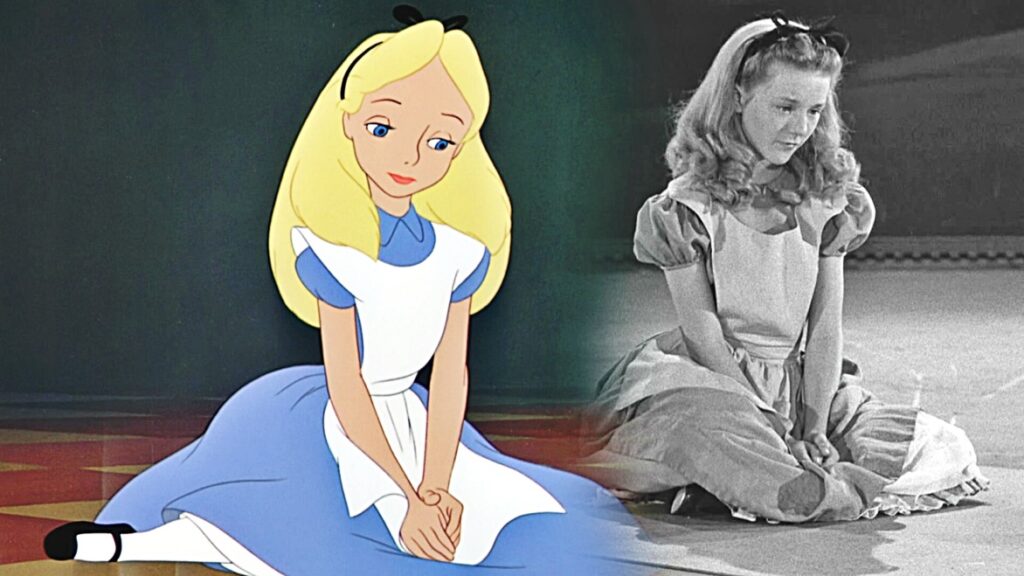
In this way they could maintain much greater creative freedom, they could better adapt the movement and proportions of the live “model” to the animated character, and above all they could apply the “principles” they codified to the animation, such as exaggeration, squash & stretch, anticipation, etc. Finally, in this way they were able to maintain the “vital breath” of the character while using the help of the “reference shot” to obtain more coherent, sophisticated and believable movements and acting than they could have done by working purely from their imagination.
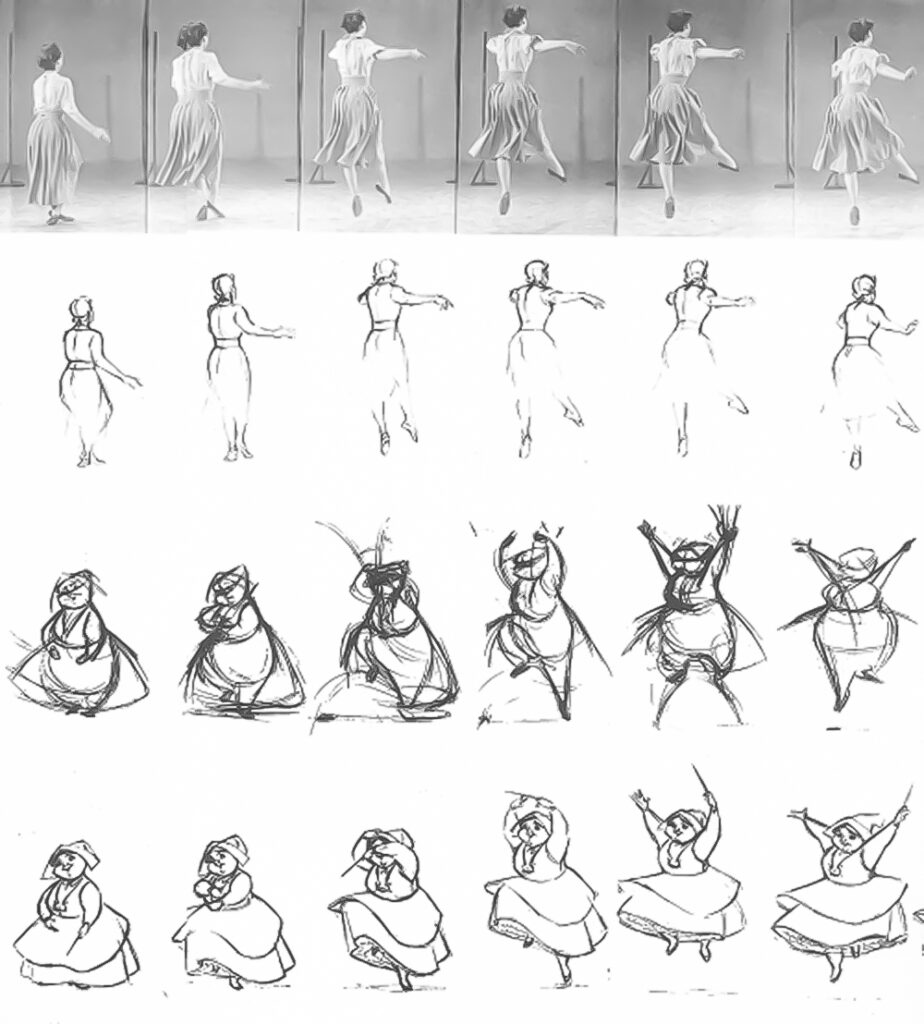
One of the best known examples of this “method” can be found in Illusion of Life by Thomas & Johnston, in the comparative illustration of the use made of it by the animator Frank Thomas for the animation of the character Merryweather (in Sleeping Beauty), where we can compare the drawings traced directly from the photostats with the animator’s processing, up to the final result. In this case Thomas even changed the character’s view from rear to front, while maintaining the key points and timing of the “real” movement.
Later the same technique was widely used in industry, sometimes massively for the creation of entire films, or large parts of films, sometimes with the aim no longer of increasing quality, but rather of lowering costs and speeding up production.
I remember some feature films made largely with this technique, such as some Ralph Bakshi films (“The Lord of the Ring“, “American Pop”, “Fire and Ice”, and the quite bizarre “Cool World” [Fig 17.12] starring Kim Basinger and Brad Pitt). The latter done in “mixed media”, attempting to rather clumsily exploit the track of Zemekis-Williams’ masterpiece and box office hit of a couple of years earlier “Who Framed Roger Rabbit” – unfortunately failing badly in comparison.
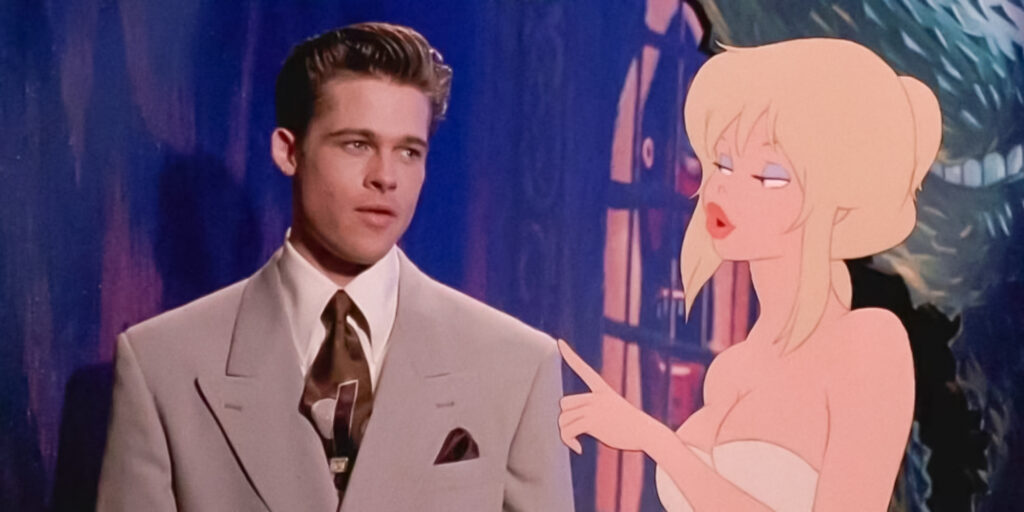
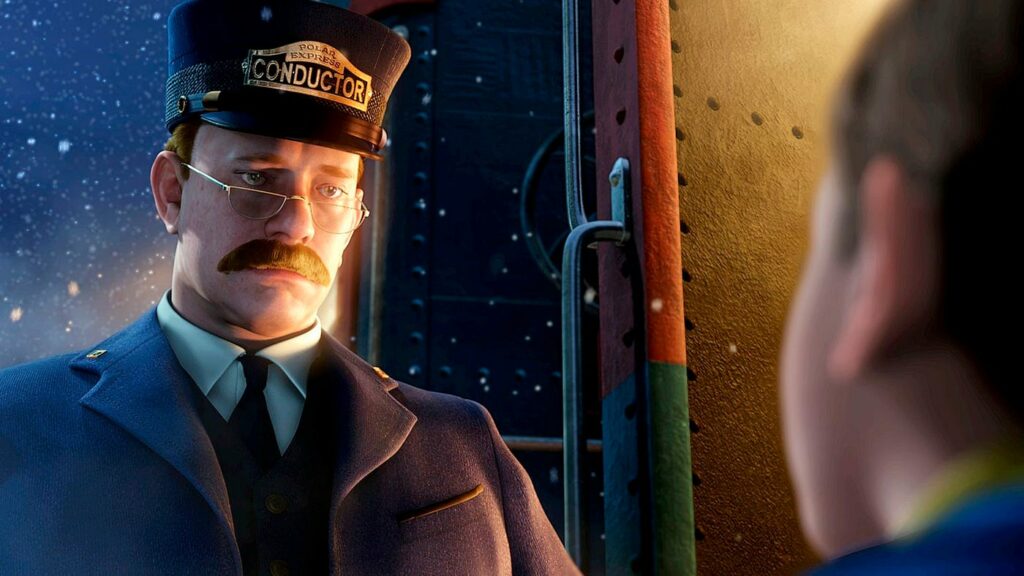
I mention these works, all rather mediocre (but to be honest I must remember that the same Bakshi made his feature film debut with a quite revolutionary movie such as “Fritz the Cat” from Robert Crumb’s iconic strips) because they help me point out a very peculiar effect, and extremely significant for the reflection we are making on the animator’s profession: rotoscoping, although often very faithfully tracing the photographic image, always appears paradoxically ineffective, fake, frozen, incapable of transmitting emotion, which is not the least reason for the substantial failure of these experiments.
In some way, irony of history, Zemekis himself, a director whom I consider a genius, fell for it much later, with the overly extensive, convinced and reduntant use of a very advanced technique, applied to 3D animation, but in background very similar conceptually to the old rotoscoping, such as the Performance Capture (“The Polar Express” [Fig 17.13], “A Christmas Carol”, etc.).
These examples have the merit of demonstrating, so to speak “against the light”, what the work of the animation artist really is, which, as in all arts, is not and should not be a copy, nor a reproduction, but an interpretation of reality.
If we carefully trace a series of frames of a film to reduce it to a drawn character, we obviously carry out an arbitrary synthesis, and in this synthesis we lose a whole series of micro-details which in the real film contribute not only to making it an accurate reproduction of reality, but rather the re-creation of it, in the language of photography – and cinema: the loss of these subtle “details” dramatically impoverishes the image, taking away its realism, weight, psychological depth and likelihood.
In order to recover all these details in the graphic language of animated drawing, it is not possible to simply re-trace the model from life, but it is necessary to completely redraw it, rework it, according to the principles of animation, as we mentioned above.
Disney animators, from Snow White onwards, as we saw it, widely used photostats wherever it was needed, especially for human characters (from Peter Pan, to Sleeping Beauty, to Jungle Book, to 101 Dalmatians, etc.), but they used it without ever giving up applying their animation technique and principles, starting from locate and process keys and breakdowns, rather than proceeding straight forward, frame by frame. In this way the characters maintain their vital quality, remain credible and consistent, both visually and psychologically.
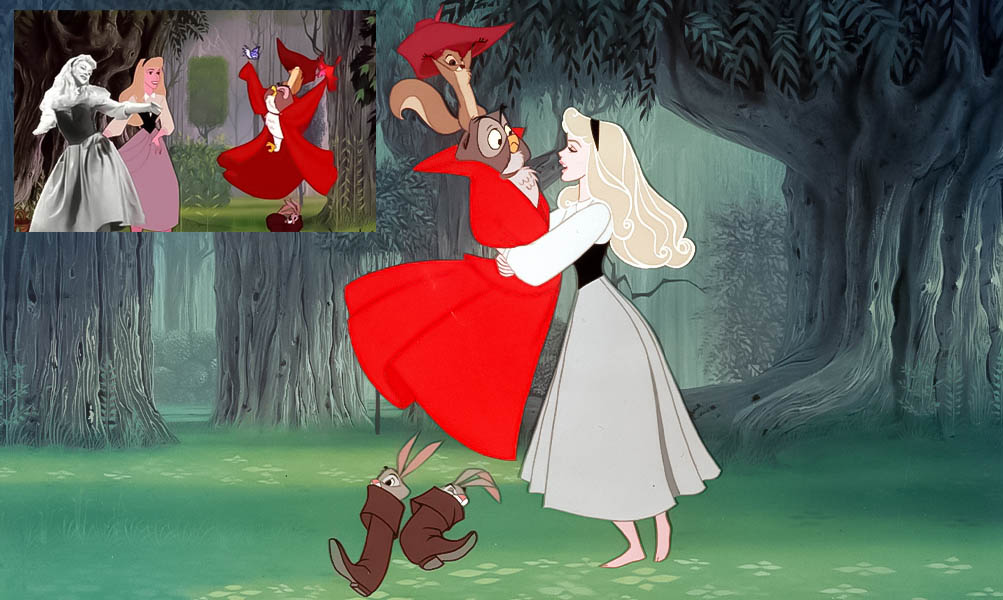
Princess Aurora’s dance with the Owl in Sleeping Beauty is evidently entirely based on the live action filming of an actress-model, but manages to maintain all the charm, appeal and vitality of a believable animated character (i.e. one with a soul), as well as harmonizing perfectly with the other little characters (rabbits, the squirrels, the birds) which are obviously animated from imagination.
VI – Perception and Proprioception
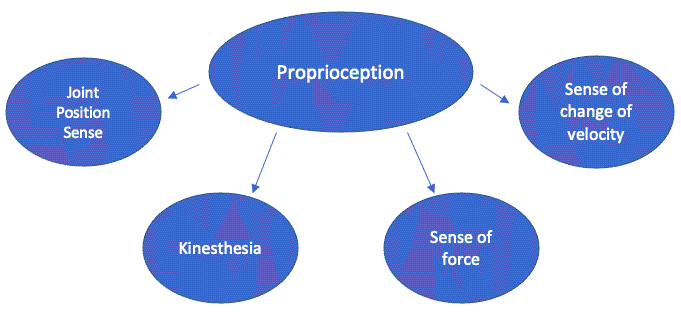
I return to the discussion regarding acting, mentioning another very important point of interest.
As I explained above, the type of acting that the animator stages is radically different from that expressed by the stage actor, but actually also from the cinema actor, although the distance in this case is in other respects a little more reduced.
While the cinema and stage actor performs with his own body, his voice, his expressions, his attitudes, and therefore carries out a substantially direct performative act, the animator creates his performance through the intermediation of a technical tool, and therefore starting basically from within its own cognitive system.
In this sense, it is an essentially proprioceptive act, or, as per definition, relating to stimuli that are produced and perceived within an organism, especially those connected with the position and movement of the body.
In other words, the animator feels within himself the movement he wants to perform, the state of mind he wants to express, and does not “stage” it physically, but “translates” it through the tools and technique of animation, from the pencil to the toolbar of a digital application.
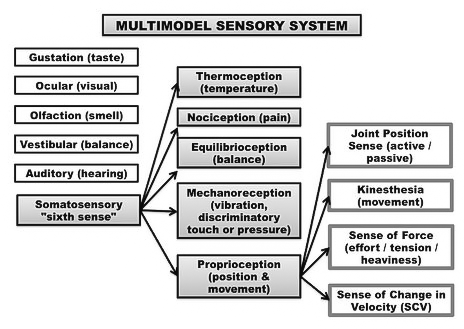
From a strictly medical point of view, proprioception [Fig 17.16] can be defined as the sense of the orientation and relative position of neighbouring parts of the body and the strength of effort being employed in movement.
It is distinguished from exteroception, by which we perceive the outside world, and interoception, by which we perceive pain, hunger, etc., and the movement of internal organs.
The word kinesthesia (kinaesthesia, kinesthetics) is sometimes used interchangeably with proprioception, but, strictly speaking, kinesthesia is the sense of body motion rather than position.
Here, however, we understand it in a sense more strictly linked to the psychology of perception, as the ability of our cognitive system to evoke a certain attitude, a certain pose, a certain behavioral sequence from the internal memory of our senses, and then to reproduce it.
Every animator will have experienced how it is easier to stage actions and movements that we know well than those that are not so familiar to us. For example, I was (in my youth) a decent downhill and slalom skier, and it has always been very easy for me to play a character who skis, whether it was a human, a rabbit, or even a giant egg; while on the contrary unfortunately I am a terrible dancer, to the disappointment of my partner(s), so I have always had great difficulty representing a dancing character, and I have always had to rely on a long and meticulous study of dance sequences in the form required by the scene under processing. And obviously I can’t shoot these references by myself, since I really dance like a drunken bear.
This means that the movement, the action, the expression, must be felt “inside” oneself, even before taking any pencil (or mouse) in one’s hand. If we limit ourselves, to get out of trouble, by rely on references, without understanding (“feeling”) the mental and/or physical movement we are trying to reproduce, we are doing a bit like in those children’s games in which, in order to “draw” a figure, we are asked to “follow the dots” numbered on the sheet [Fig 17.18]: at a certain point a recognizable figure will appear on the page, but obviously we will not have performed any conscious “artistic” act in this, and the figure will remain foreign to us, as if it had been traced by another person. Which is essentially true.
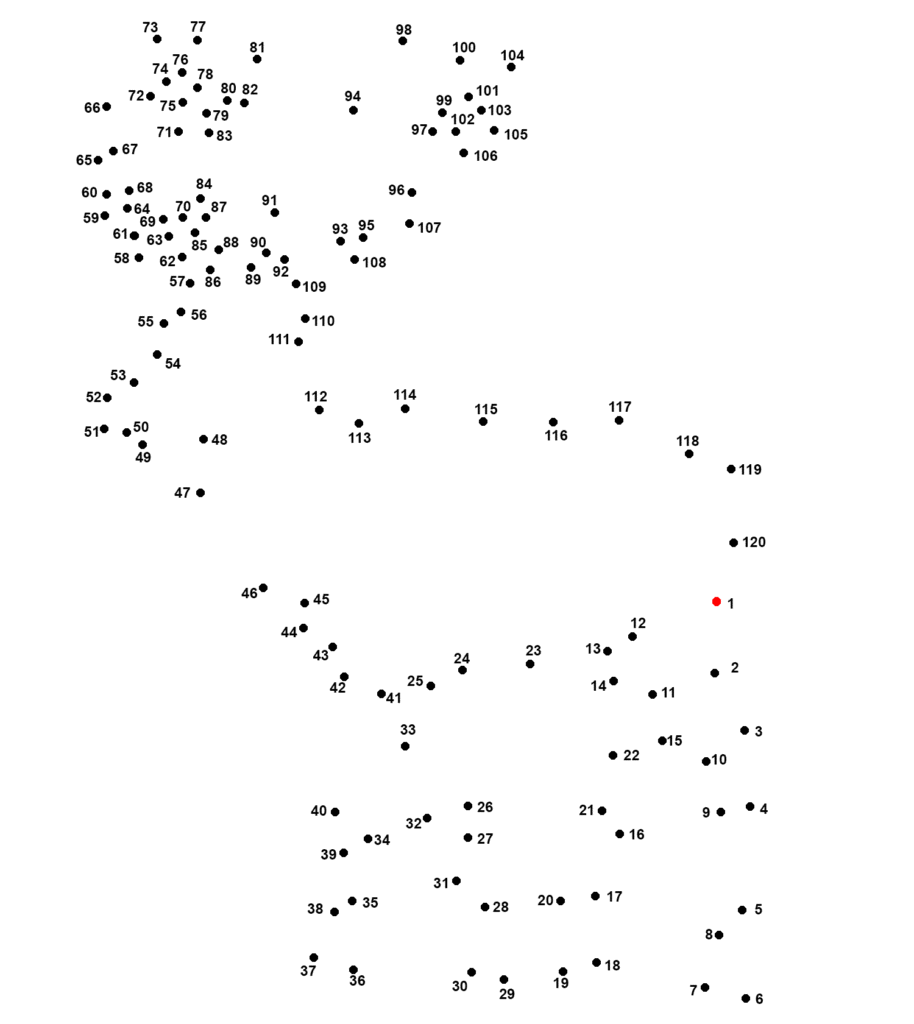
And this also applies, in my opinion even more, to the self-reference footage I mentioned above.
We often see online videos released by animators from big studios, for example Dreamworks or Disney/Pixar, who “act out” some key scenes they animated from mainstream feature film in front of a smartphone or a retail digital camera, and then compare the original “trace” with the final result. Well, if I have to give an heartfelt advice to a young artist it is not to be fooled by this: those are usually expert animators, often very talented, otherwise they wouldn’t be working on those productions, and they know well how to treat their reference footage to create excellent animated sequences, at the level of the project in which they are engaged. And usually, they are quite reticent about how they carry out this essential processing work.
The effect is that an inexperienced observer may believe that this way any of us can make reference movies with our smartphone and come up with brilliant and “perfect” animated scenes. And this is not true at all.
Indeed, the damage, if this message is received uncritically by a young artist in particular (and the animators are, as Milt Kahl said, quoted by Richard Williams, “lazy bastards“) is double: on the one hand is instilled the false information that this is “convenient way” to, quick and easy to achieve brilliant results – which then, usually, DO NOT arrive at all, thus creating frustration and discouragement; on the other hand, the habit of re-trace scenes from references filmed from life, but also from pre-existing animations, “spoils” the artists, and prevents them from developing that sensitivity on movement that I have called “proprioceptive” and which is essential for creating animation of high (but also just medium) quality.
The scene, the character, his emotions, the dialogue, the accents, everything must first be well introjected and felt intimately; just as an actor immerses himself in his character, animation must come from within us, not just from an external source. For this reason, as it would never be superfluous to repeat, before starting any scene, before even picking up the pencil or the mouse, the animator should carefully reread the script (not only the fragment inherent to the scene, but also what happens before and what will happen after), review the storyboard and the director’s notes, for the umpteenth time, and imagine in every detail the scene within himself. And if something still doesn’t work, reread it again, and again (and again). Just like every good actor does in stage rehearsals.
What is true, in any case, is that when an animator who is too accustomed to relying on reference or stock footage finds himself having to tackle a scene or animate a character for which, for whatever reason, there is no way to use this trick, the fragile “house of cards” of a talent not supported by solid bases inevitably collapses. And the industry today does not forgive lapses.
Furthermore, if we take into account that today at least 90% (I think) of the animation produced in the world are not mainstream feature films, but TV or streaming series, an area in which it is often impossible to have the time and possibility to use filmed references, we understand well what damage can result.
To conclude, for now, on this topic, in my opinion the filmed reference should absolutely be the last of the resources to be used to create an animated scene, and in any case it should always be used with great caution, very sparingly, on the basis of a good work experience already acquired, and always followed by accurate and careful work of re-elaboration, correction and adaptation to the animation principles.
I would add that in animation schools or universities this practice should simply be avoided, or, possibly, taught with due caution only at the end of the courses, when sufficient technical knowledge and experience has already been accumulated. I know I’m a bit drastic on this topic, but in a music school, for example, no one thinks of teaching or learning piano via a roller-piano (or a pianola).
Returning to the main topic of this entire chapter, we have seen how the concept of “acting” really has an absolutely central place in the technical and artistic background of every animator.
In summary, the first characteristic that distinguishes a talented animator is his acute sensitivity for the vital and expressive value of movement – or the transformations in time and space – of a more or less articulated object. Even pure movement alone is capable of transforming an inert object into a vital and individually autonomous subject.
The complex of poses and movements that we give to an object transforms it in a character performing an action, wich is his acting, through which we can finally communicate behaviour, thoughts, emotions and feelings to an audience.
And, at the end, the sequence of these thoughts, emotions and feelings as a whole, in fiction always have one and only one fundamental purpose: that of telling a story.
This will be the topic of the next article:
18 – Storytelling, or the Journey
